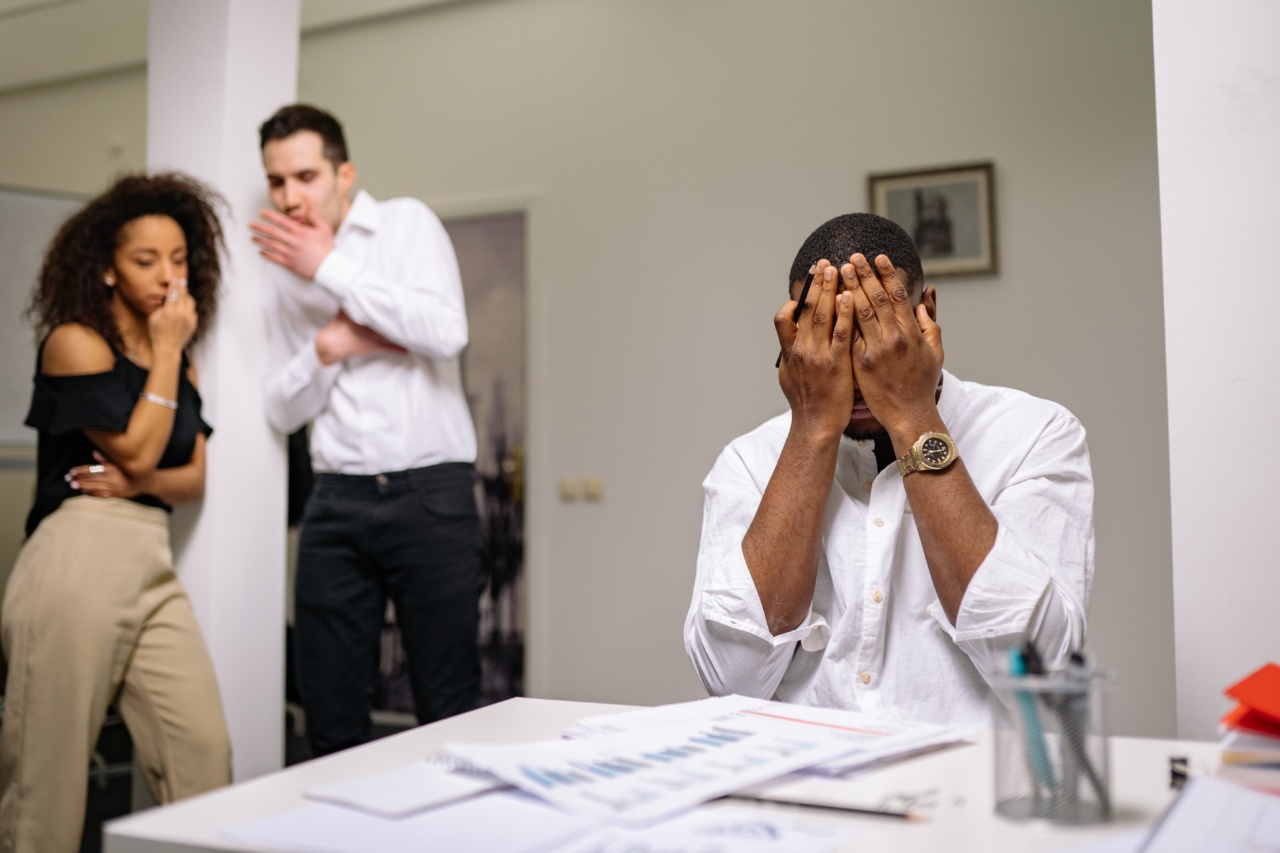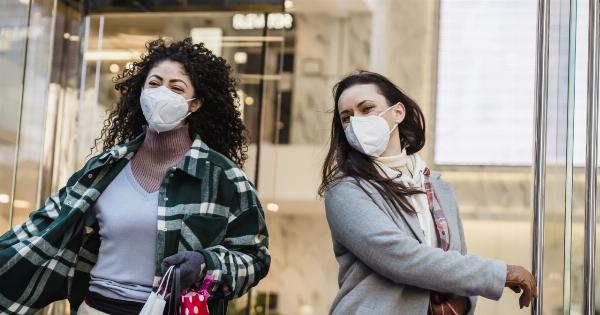Fireworks are a delight for many humans, but for our furry friends, they can be a source of anxiety and fear. The loud noises, bright flashes, and unfamiliar smells can trigger a flight or fight response in dogs, leading to stress and distress.
As responsible pet owners, it is crucial to understand how to manage your pup’s fear of fireworks and provide them with a safe and comfortable environment during such events. In this article, we will explore various strategies and techniques to help ease your dog’s anxiety during fireworks displays.
1. Recognizing the Signs of Anxiety
Before we delve into how to manage your dog’s fear of fireworks, it is essential to familiarize yourself with the signs of anxiety in dogs. These signs can vary from subtle to intense and may include:.
- Panting and pacing
- Trembling or shaking
- Excessive barking or howling
- Attempting to hide or seek shelter
- Restlessness and inability to settle
- Loss of appetite
- Dilated pupils
- Excessive drooling
- Attempting to escape
- Aggression or destructive behavior
2. Create a Safe Space
One effective way to help your dog cope with fireworks anxiety is to create a safe and secure space where they can seek refuge. This can be a designated room or a familiar area in your home.
Ensure that the space is quiet, comfortable, and free from windows or doors that could transmit noise and flashes.
Add familiar items to the safe space, such as your dog’s bed, favorite toys, and blankets with your scent. These familiar scents and objects can provide a sense of security and help your pup feel more at ease during fireworks displays.
3. Use Calming Techniques
There are several calming techniques that can help alleviate your dog’s anxiety during fireworks. These techniques include:.
- Playing calm, soothing music to drown out the sound of fireworks
- Using aromatherapy with scents like lavender or chamomile, known for their relaxing properties
- Applying gentle pressure with the use of anxiety wraps or vests
- Using pheromone diffusers like adaptil to create a calming environment
Experiment with these techniques to find which one works best for your dog and helps them relax during fireworks.
4. Desensitization and Counterconditioning
Desensitization and counterconditioning are long-term training techniques that can help your dog become less fearful of fireworks. The goal is to gradually expose your pup to the sights and sounds of fireworks in a controlled and positive way.
Start by playing recorded fireworks sounds at a low volume while engaging in activities that your dog enjoys, such as playing or giving treats. Over time, gradually increase the volume of the sounds while continuing with the positive activities.
It is essential to progress at a pace that is comfortable for your dog. The key is to associate the sound of fireworks with positive experiences to change their emotional response.
5. Consult Your Veterinarian
If your dog’s anxiety is severe or if you have tried various management techniques without success, it is advisable to consult your veterinarian.
They can assess your dog’s specific needs and recommend appropriate interventions, such as anti-anxiety medications or supplements.
Remember, medication should never be the first solution, but in some cases, it can provide much-needed relief for highly anxious dogs.
6. Exercise and Mental Stimulation
Ensuring that your dog receives regular exercise and mental stimulation can have a positive impact on their overall anxiety levels. A tired dog is often a calmer and more relaxed dog.
Before a fireworks event, take your pup for an extra-long walk or engage them in stimulating activities to help them release excess energy.
Mental stimulation through puzzle toys or obedience training can also tire out your dog’s mind, making them less susceptible to stress during fireworks displays.
7. Avoid Reinforcing Fear
While it may be tempting to console and reassure your dog when they show signs of fear during fireworks, this can inadvertently reinforce their anxiety.
Dogs are perceptive and can interpret your actions as confirmation that there is indeed something to be afraid of.
Instead, remain calm and composed yourself. Act normally and confidently, as your dog can pick up on your emotions. Providing treats or engaging in fun activities can also redirect their attention away from the fireworks.
8. Desensitize Your Dog to Fireworks-Related Sounds
In addition to desensitizing your dog to fireworks sounds, you can also work on desensitizing them to other related sounds. This can include the sound of thunder, loud bangs, or other sudden noises that may trigger anxiety.
Using the same gradual exposure and positive reinforcement techniques, help your dog become more accustomed to these sounds. This will broaden their tolerance and reduce their overall anxiety in various loud situations.
9. Stay with Your Dog
During fireworks displays, it is important to stay with your dog and provide reassurance. Your presence can be comforting and can help alleviate their anxiety. Act as a calm and grounding presence for your pup, offering gentle strokes and soothing words.
However, avoid excessive coddling or overprotective behavior, as this can reinforce their fearful response. Strike a balance between comforting and encouraging a sense of security for your dog.
10. Seek Professional Help if Needed
If your dog’s fear of fireworks is severe and significantly impairs their quality of life, it is crucial to seek professional help from a certified dog trainer or animal behaviorist.
These professionals specialize in working with fearful dogs and can provide tailored strategies and techniques to manage your dog’s anxiety.
Remember, every dog is unique, and what works for one pup may not work for another. It may take time, patience, and a combination of techniques to find the right approach to manage your dog’s fear of fireworks effectively.






























